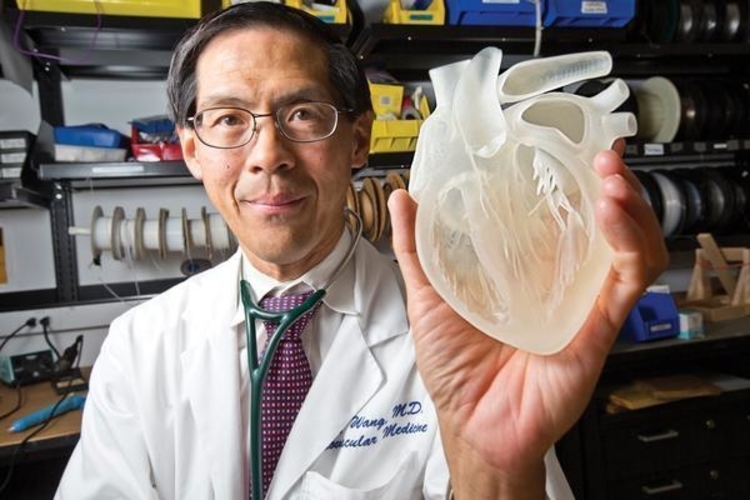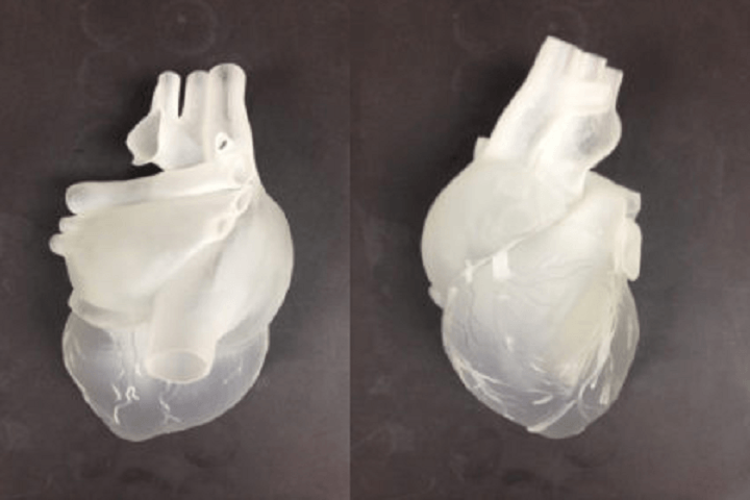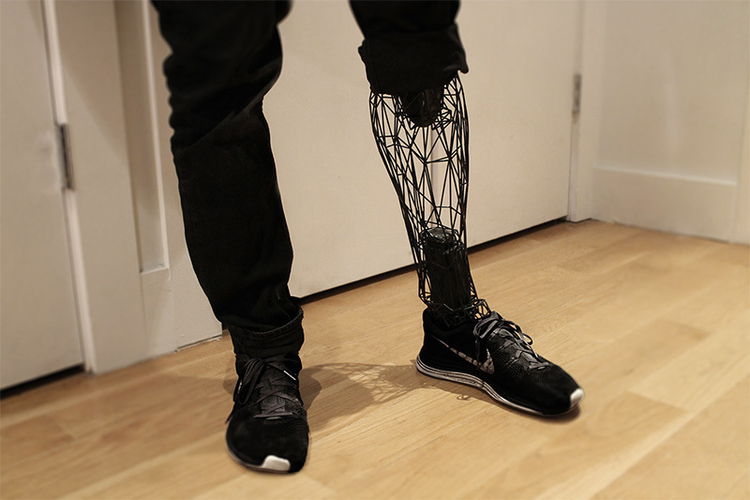




Prints (0)
-
No Prints Yet
Be the first to upload a Print for this Design!
Description
In today’s world, when someone needs an organ transplant, they’re forced to wait for a donor. It’s a long process, and often times the wait becomes so tedious that the patient’s dissertation introduction condition worsens beyond the point of saving before help can arrive. Picture this: Instead of waiting weeks, months, or even years for an organ donor, the organ you need can be created instantly with just the push of a button. While this possibility may still be years away from reality, advances in additive manufacturing (aka 3D printing), which is where parts are built from the ground up, layer by layer, has peaked the interest of the scientific community. So much so that scientists are experimenting with ways in which 3D printing is applicable to medical applications.
While 3D printing has been used for rapid prototyping purposes for decades, only recently has the materials and technology improved to the point where it has the potential to change the way things have been historically done. For instance, the medical industry. Several additive manufacturing technologies, such as selective laser sintering (SLS), direct metal laser sintering (DMLS) and direct metal deposition (DMD) build parts, layer by layer, from metal powders to create fully dense metal parts out of everything from stainless steel to titanium. It’s these technologies that could help to make things like hip replacements and knee joints for people going under the knife. Not to mention that these technologies also hold the potential for making these important parts cheaper and faster than conventional methods. There have even been researchers experimenting with methods that can create actual bone.
Bones and joints could be just the beginning. Researchers at from various Fraunhofer Institutes have undertaken a project aiming to print blood vessels. The project, dubbed BioRap, is attempting to artificially create something that could further revolutionize medical technology. The real neat thing about this endeavour is that the vessels are so small and complex. This precision is a prime indication of how far the 3D printing world has come and how much more of an impact it can have in society beyond just prototyping.
So while all these developments are still, well, in development, consider the potential of 3D printing. It was once just a means of quickly creating prototype parts to test for form, fit and function. Tomorrow, there could be 3D printers in every hospital, doctor’s office and urgent care center. 3D printing could help save lives and promote a better standard of living throughout the world.
Comments